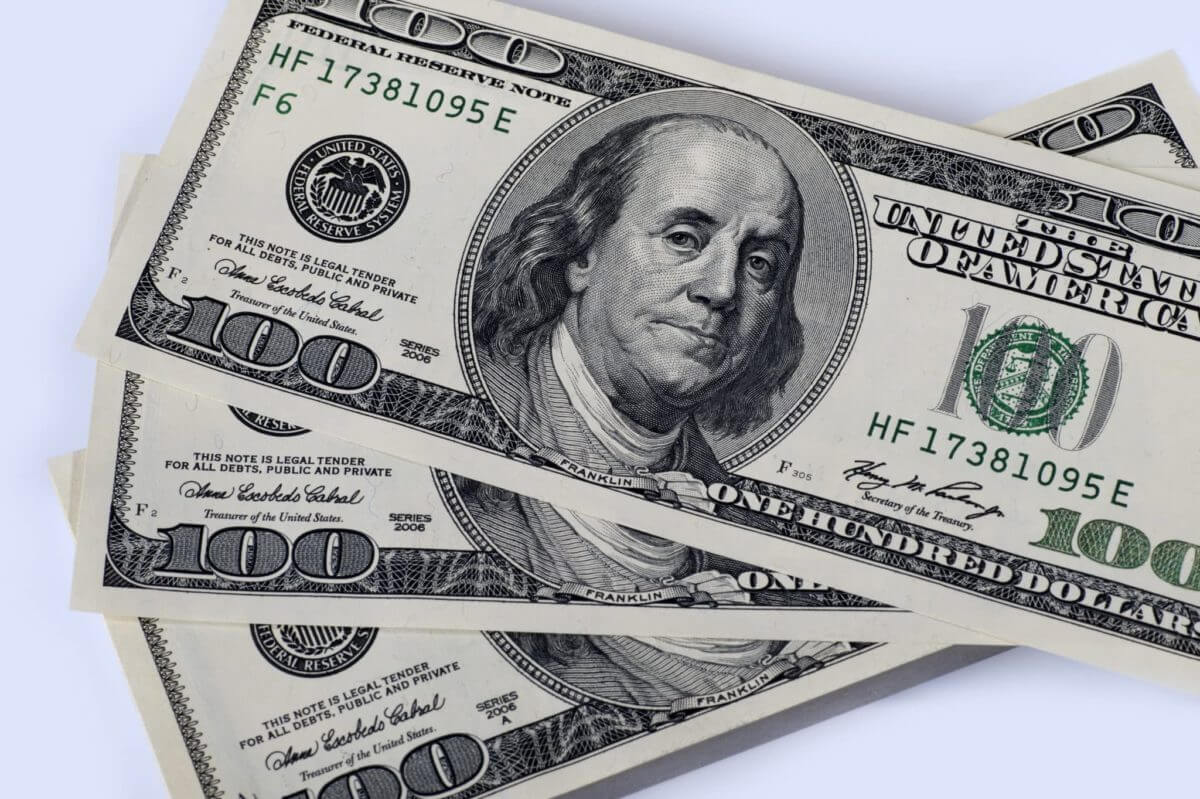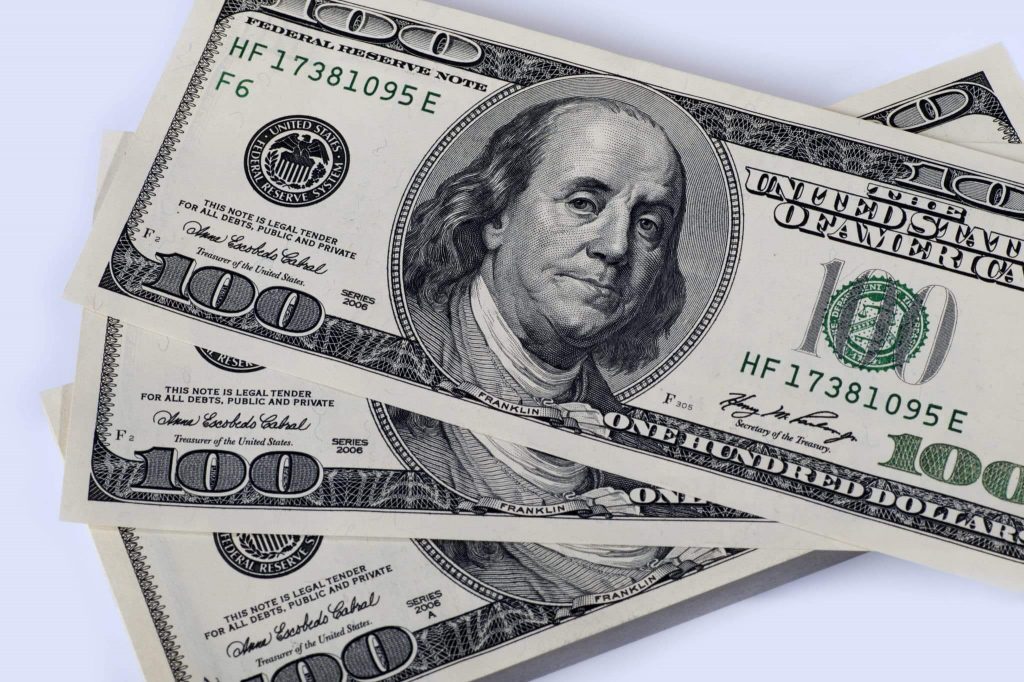
The dollar hovered below a nearly two-decade high
In Asian trade on Friday, the dollar hovered near a nearly two-decade high, having fallen overnight after two Federal Reserve members suggested they preferred a lesser rate hike than the 100 basis points (bps).
The dollar index, which measures the currency against six rivals, rose 0.03 percent to 108.60 after hitting and then slid back from a high of 109.29 on Thursday.
Fed funds futures currently predict a 36% possibility of a 100 basis point hike, down from roughly 70% before the comments.
Despite the retreat, the dollar index is on track for a third consecutive positive week, up 1.58 percent from last Friday on both predictions for an increasingly aggressive Fed and fears of a consequent recession, which has fueled demand for the currency as a haven. The US currency maintains its momentum.
The dollar remained unchanged against the yen at 138.98, leaving it on track for a 2.1 percent gain this week. It fell to 139.38 overnight for the first time since September 1998, as US Treasury yields extended the gap with Japanese counterparts.
The Bank of Japan has remained staunch in its commitment to ultra-easy policy to help the sluggish economy. It is largely expected to maintain stimulus levels at a meeting next week.
The euro was unchanged at $1.00245, having recovered from below parity for the second day on Thursday. Meanwhile, sterling was trading at $1.18265, falling to a 28-month low of $1.1761 overnight. It has fallen 1.71 percent since last Friday and is on track for its lowest week since early May as political unrest casts a pall over the currency.
The risky Australian dollar fell 0.24 percent to $0.6732, returning to Thursday’s two-year bottom of $0.66825 following a sharper-than-expected drop in economic growth in important trading partner China. The Australian dollar is down 1.77 percent for the week.
The Chinese yuan fell to a two-month low versus the US dollar and was destined for its largest weekly drop since May, as dismal data cast doubt on this year’s economic growth objective.


